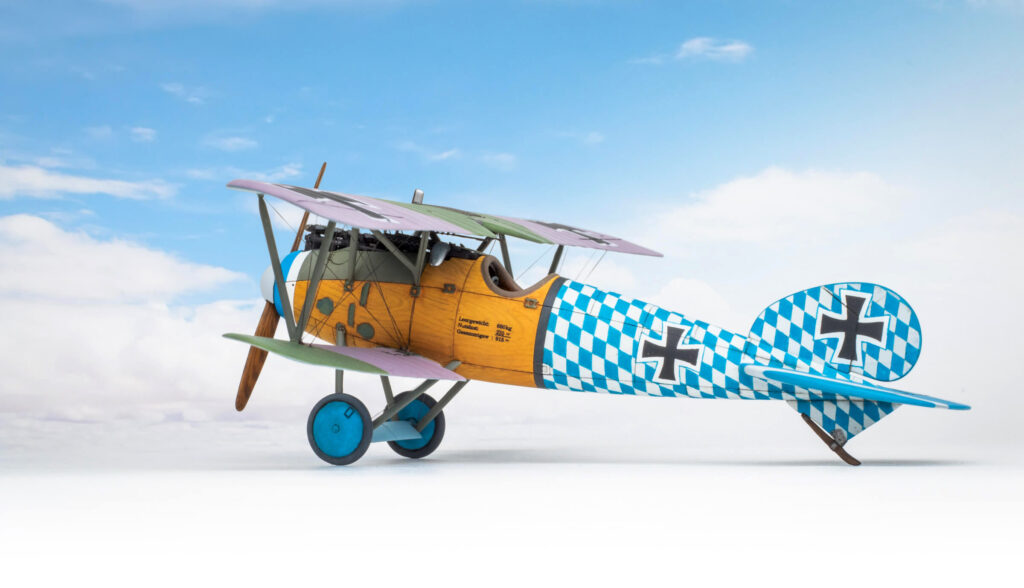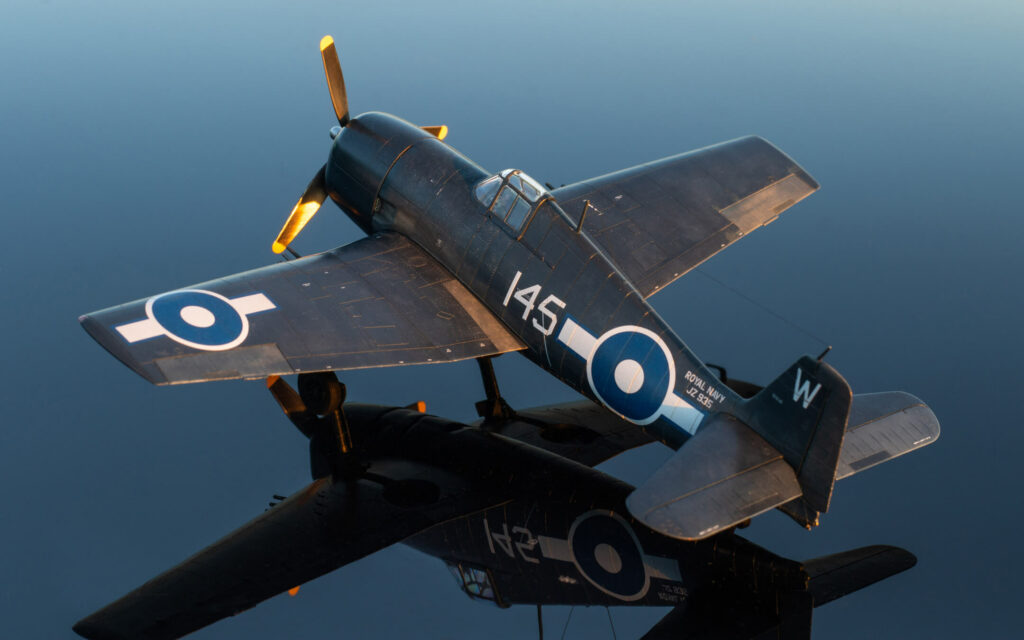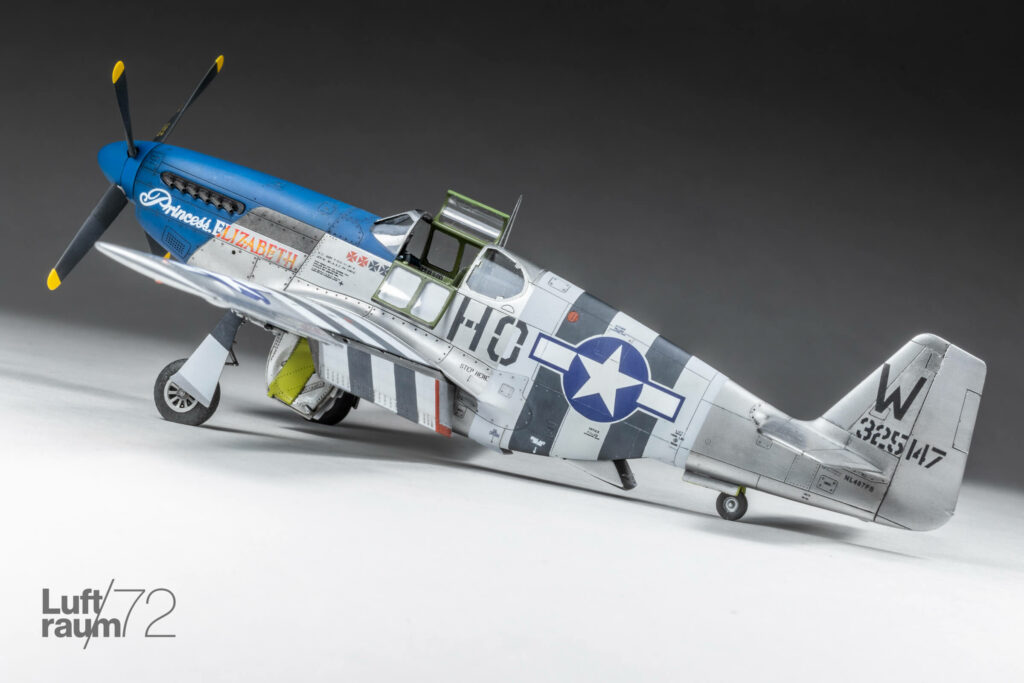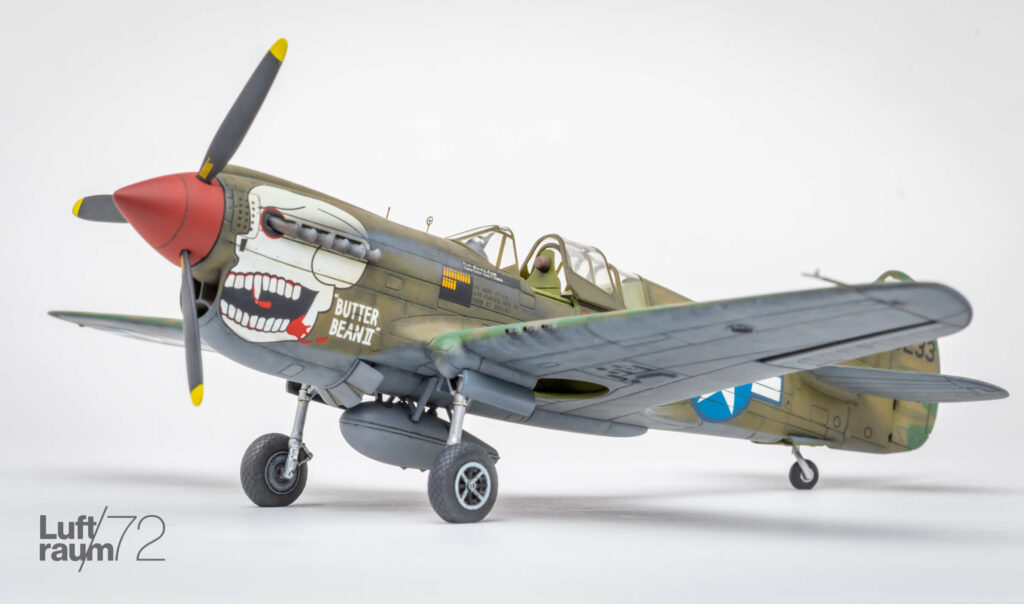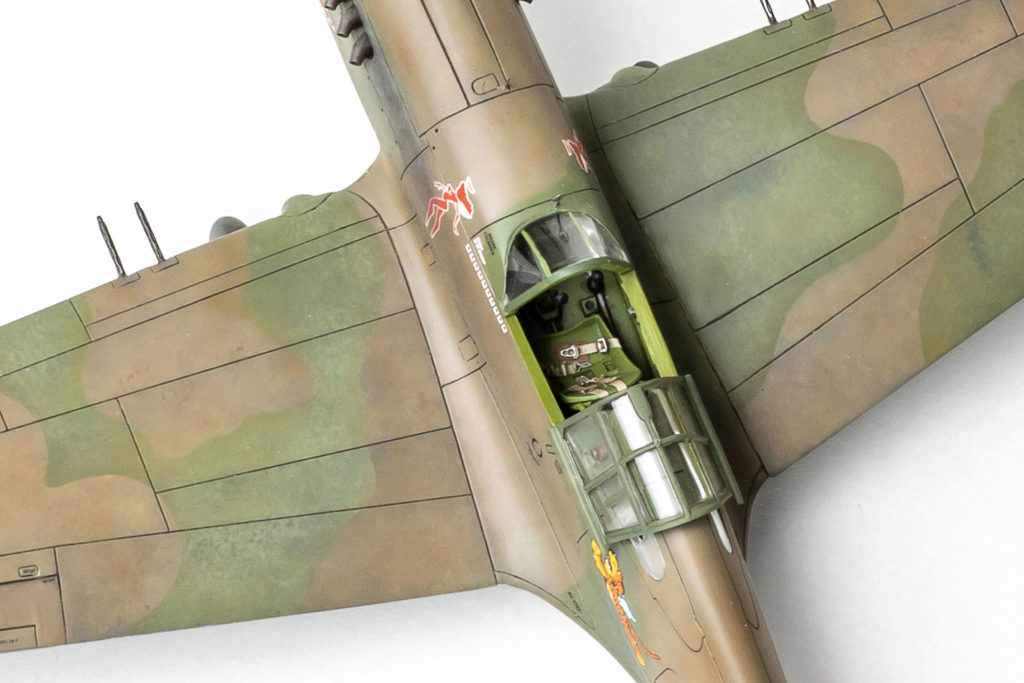Albatros D.Va Bavarian
Albatros D.Va Hans Boehning 1/72 Eduard ModelNovember 2022 This is the Eduard kit, with the addition of a Small Stuff Models Mercedes D.IIIau engine, and Gaspatch Models Spandau machine guns. Rigging was Infini Model 40-denier lycra thread attached via fine wire eyelets. I added some scratch-built additions to the interior, namely the main structures and spars […]
Albatros D.Va Bavarian Read More »
